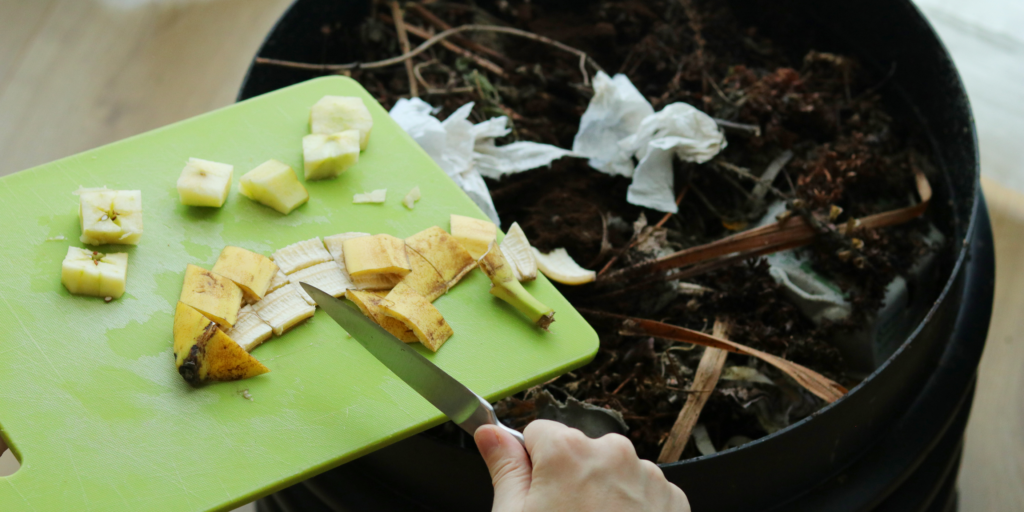Recycle Your Organic Waste This Fall Season!
Keeping Halloween pumpkins out of the trash is easy: Compost them, use them as animal feed or simply place them in your curbside green bin.
This fall season, consider recycling or composting organic waste, including Halloween pumpkins.

According to the County’s Department of Public Works ,40% of what we discard in landfills is organic waste. When organic waste decomposes in a landfill, methane is produced, a potent greenhouse gas and climate pollutant.
Alternatively, when we compost pumpkins and other organic waste, the material is transformed into a valuable soil amendment. Composting recycles nutrients back into the soil, improves water retention, lessening the need for irrigation, and helps to grow healthier food. It also saves valuable space in our local landfills.

To help unincorporated residents properly recycle organic waste and identify what belongs in the green bin, the County reminds you: If it grows, it goes!
For Halloween, remember all parts of a pumpkin can be composted or placed in your curbside organic waste bin including the seeds, guts, stem, and the pumpkin itself. It’s important that all candles, lights, and decorations are removed first.
Painted pumpkins or those decorated with glitter should not be composted or placed in the green bin. Soiled Halloween party napkins as well as yard trimmings and nonhazardous wood waste can also be composted or placed in your curbside organic waste bin.

There are five best practice steps for proper organic waste recycling in your home:
- Choose a container with a closeable lid. This prevents flies and insects from entering the container and keeps your home clean.
- Know what to throw. Residents can learn more about organic waste on the County’s website. Remember, if it grows, it goes! Items that do not belong in the green organic waste bin include plastic bags, dirt, soil, rocks, concrete, pet waste or kitty litter, diapers, clothing, liquids, glass, metal, and plastics.
- Collect your scraps and food-soiled paper.
- Wrapping your scraps in paper will help with any potential odors or pest issues (DO NOT place them in plastic or compostable plastic bags).
- Store your container in a convenient location. Having a convenient location for your container makes recycling organic waste easier.
- Try storing your container under the sink, on the counter, or in the refrigerator or freezer. Tip: Add a dash of baking soda to your bin to help soak up extra moisture and combat odors.
- Transport your food scraps container to the curbside organics bin.
- Adding food scraps to your organic waste bin the night before collection is preferable. Tip: Use shredded paper to help absorb any moisture in the cart.
Residents can find recycling guides on the County’s website and learn more about sustainable tips at WasteFreeSD.org.

